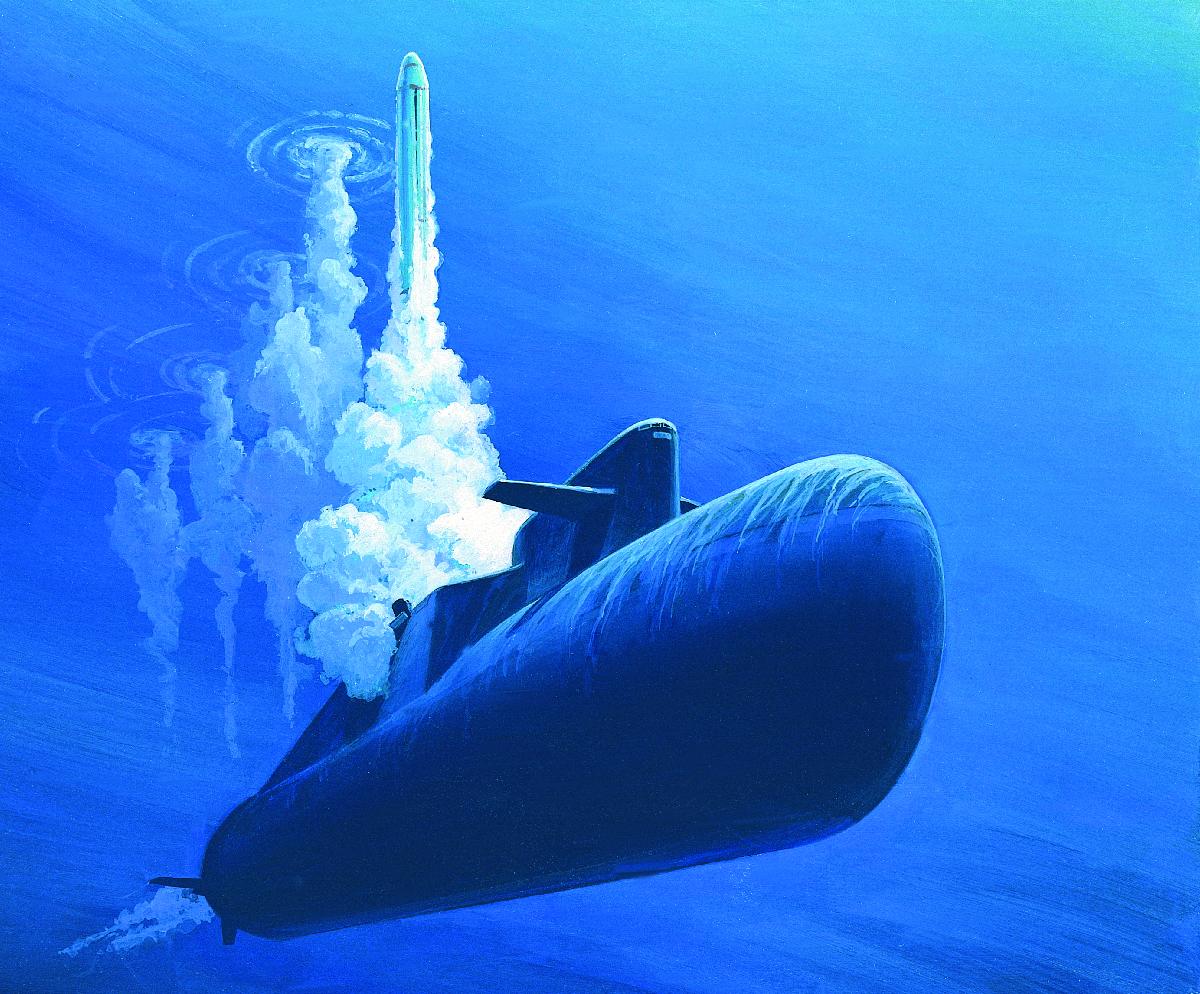In a new report for the Center for Arms Control and Non-Proliferation, Usha Sahay and Kingston Reif cite President Obama’s June 19 speech in Berlin. The President announced his intentions to reduce the U.S. nuclear arsenal an additional 1,000 or more warheads below the level required by the New START treaty. When he stated that these cuts could either be “pursued through formal agreements” ― treaties ― or “parallel voluntary measures,” 24 Republican senators immediately wrote him to the effect that “any further reductions in the U.S. nuclear arsenal should only be conducted through a treaty subject to the advice and consent of the Senate.”
President Obama seems to have gotten the message. Sahay and Reif write:
Since the President’s speech in June, Obama administration officials have stated that they intend to pursue further reductions via a treaty with Russia. At her confirmation hearing on September 26, Acting Undersecretary of State for Arms Control and International Security Rose Gottemoeller told the Senate Foreign Relations Committee that “unilateral reductions are not on the table.”
In fact, though, many presidents have reduced the nuclear arsenal outside of a treaty and without waiting for Russia to reciprocate. Most notable for his unilateral reductions was President George H.W. Bush, whose first-round of initiatives in 1991 included:
• The elimination of the United States’ global inventory of land-based tactical [smaller, “battlefield”] nuclear weapons;
• The withdrawal of tactical nuclear weapons from ships and submarines, as well as from aircraft carriers;
• An acceleration of the process of de-alerting strategic bombers and some Minuteman ICBMs [taking them off “hair-trigger” launch];
• The termination of certain nuclear weapons programs, including the development of the mobile Peacekeeper missile and an air-based short range attack missile
Then in 1992 he announced the intention of the United States to:
• Limit production of B-2 bombers;
• End production of new warheads for sea-launched missiles and of new Peacekeeper missiles;
• End purchases of advanced cruise missiles;
• Cancel the silo-based small ICBM program.
• In addition, Bush. … declared that if [Russian President] Yeltsin would eliminate its multiple-warhead ballistic missiles, the U.S. would take a number of similar steps.
As you can see, President George H.W. Bush, with his arms-control initiatives, resembles President Lyndon Johnson, with the Great Society and the Civil Rights Act, in that his significant pluses were negated by his minuses: with Bush, NAFTA and the invasions of Iraq and Panama; with Johnson, the Vietnam War.
President George W. Bush, a president whose administration was marked by its disdain for international cooperation and treaties, also sought to trim the nuclear arsenal without resorting to a treaty. Sahay and Reif report that in November 2001, he said that “a new relationship based upon trust and cooperation is one that doesn’t need endless hours of arms control discussions… We don’t need arms control negotiations to reduce our weaponry in a significant way.”
But: “Eventually, due to the preferences of both Russian President Putin and the Senate Foreign Relations Committee, Bush agreed to pursue the reductions through” the Moscow Treaty of 2012. Though, the authors write, “Had Russia not insisted on a formal agreement, it is likely that the Bush administration would have reduced the deployed arsenal unilaterally.”
But, as illustrated by Republican reaction to Obama’s speech, woe betide a Democratic president who seeks to act outside a treaty when it comes to arms reductions. On a related note, I used to wonder whether Dick Cheney et al, in calling for a “unitary executive,” factored in a Democratic president exercising his authority towards initiatives that were the direct opposite of theirs. In fact, our Democratic president has chosen to act in that very unitary executive mode at times, especially when it comes to NSA surveillance. Wait, maybe Cheney foresaw that.

